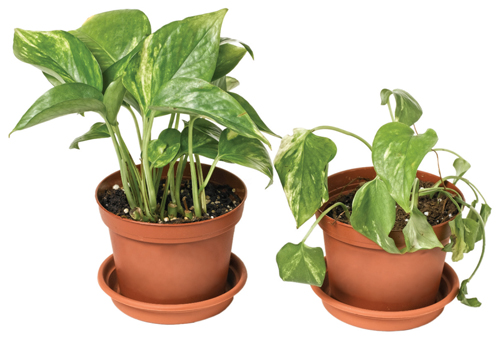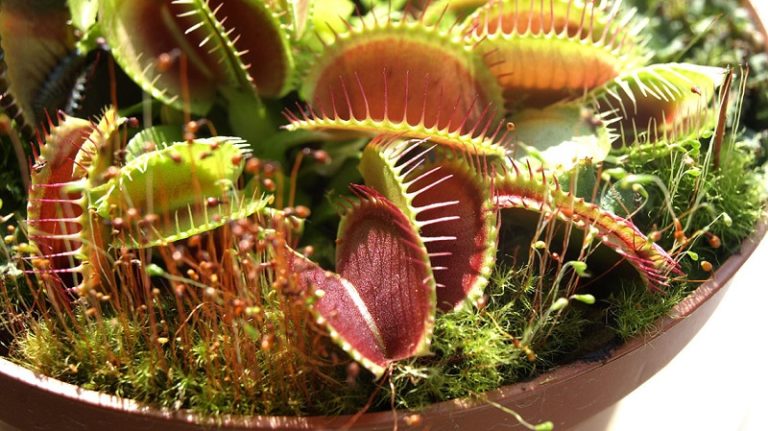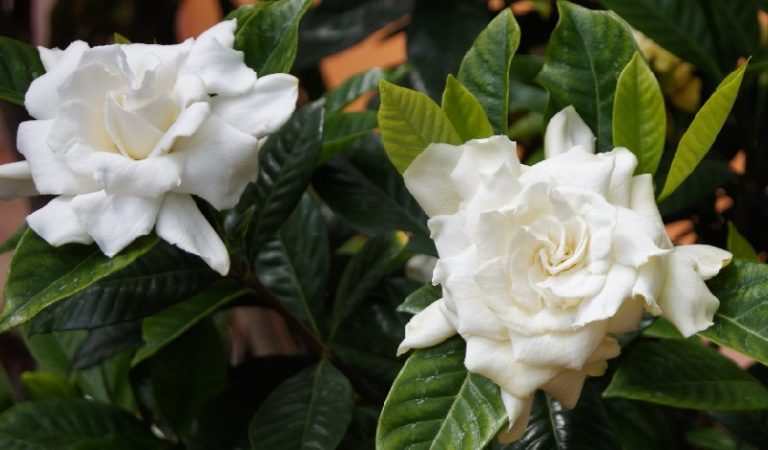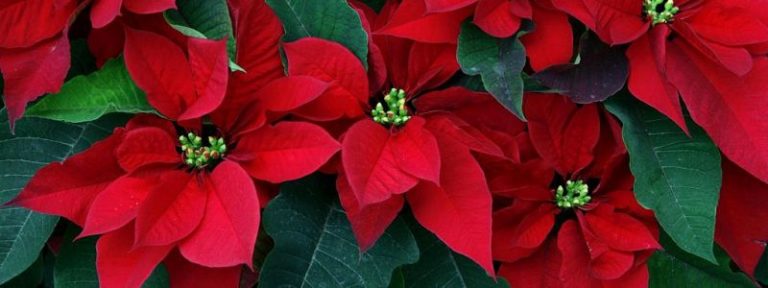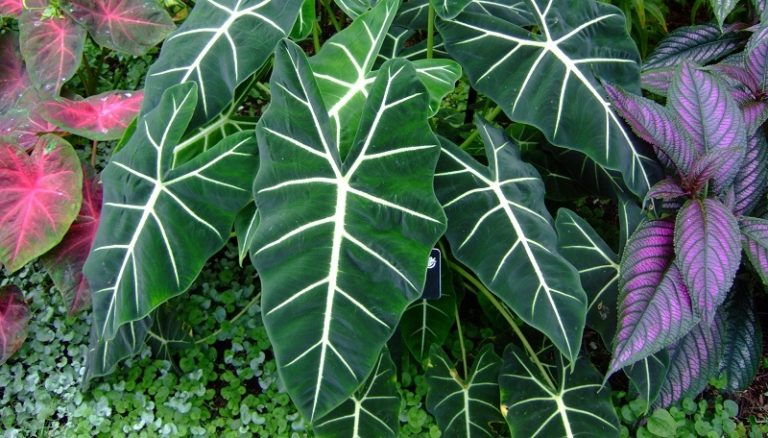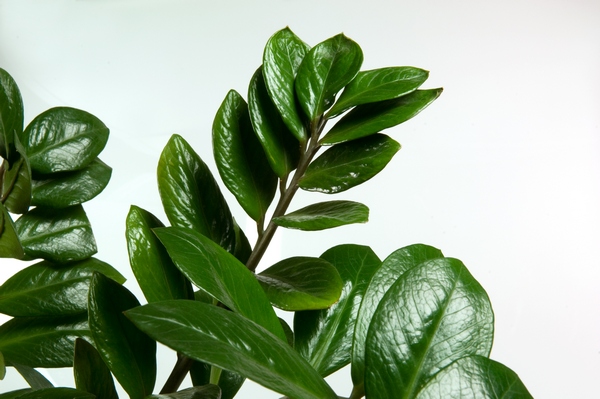Indoor pomegranate: description, planting, types, care, reproduction
Pomegranate can be grown at home as an ornamental plant.
Garnet (lat. Punica) is an evergreen shrub or small tree belonging to the Loosestrife family (Lythraceae). The Mediterranean is considered the birthplace of pomegranate, but today it is cultivated in many countries of the world, including Ukraine.
The pomegranate has a strong, woody stem with thorns. Pomegranate leaves are dark green, oval, with pointed tips. Pomegranate blooms from April to May. Pomegranate flowers are large, bright red, solitary or collected in inflorescences. Pomegranate fruits are juicy berries with numerous small grains.
Types of pomegranate
- There are about 20 types of pomegranate in the world, but the most common are:
- Common pomegranate (Punica granatum) is the most common type of pomegranate, which is cultivated in many countries of the world.
- Hybrid pomegranate (Punica x hybrida) is a hybrid of common pomegranate and Chinese pomegranate.
- Chinese pomegranate (Punica protopunica) is a rare species of pomegranate found in China.
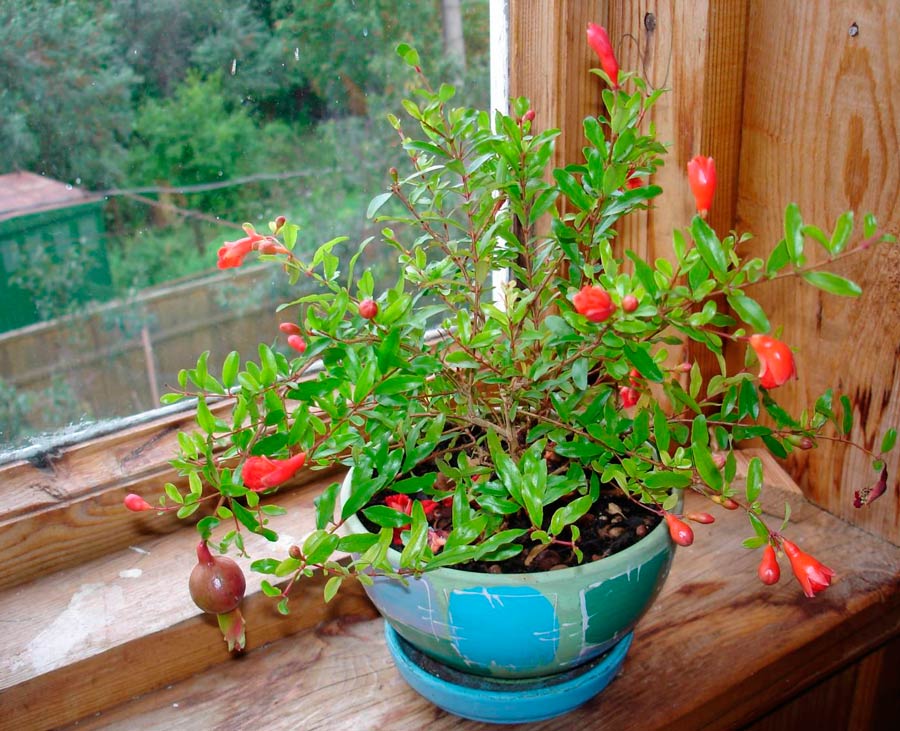
How to plant pomegranate
Pomegranate can be grown both outdoors and at home. For planting pomegranate, a sunny place with fertile, well-drained soil is selected.
When planting a pomegranate at home, take a pot with a diameter of at least 20 cm. A layer of drainage expanded clay is placed at the bottom of the pot. Pomegranate soil can be purchased at a specialized store or prepared independently by mixing sod, leafy soil and sand in equal proportions.
How to care for a pomegranate
Pomegranate is an unpretentious plant, but for its good growth and fruiting, it is necessary to provide proper care.
Lighting: Garnet needs bright, diffused light. During the flowering period, pomegranates need to be shaded from direct sunlight.

Pomegranate propagation
- Pomegranate can be propagated by seeds, cuttings.
- Pomegranate seeds are propagated in spring. I soak fresh seeds in a warm solution of “Epin” or “Zircon” for a day. Then they are sown (at any time) in loose nutritious soil to a depth of 0.5-1 cm, covered with a film on top. In a warm, bright place, seedlings appear within a month. After germination, the shelter is removed, and young shoots are shaded from direct sun. The soil must be kept constantly in a slightly moist state. Seedlings with two pairs of true leaves dive into separate pots. After a month, you need to feed. Plants feel good on eastern windows and bloom for 2-3 years.
- Pomegranate cuttings are propagated in summer. Cuttings are cut from young shoots 10-15 cm long. Cuttings are planted in the ground to a depth of 5 cm and covered with a film. Rooting occurs in 2-3 weeks.
Diseases and pests of pomegranate
- Pomegranate can be affected by the following diseases and pests:
- Diseases: rust, powdery mildew, root rot.
- Pests: aphids, spider mites, scale insects.
- To combat diseases and pests, chemical or biological preparations are used.


